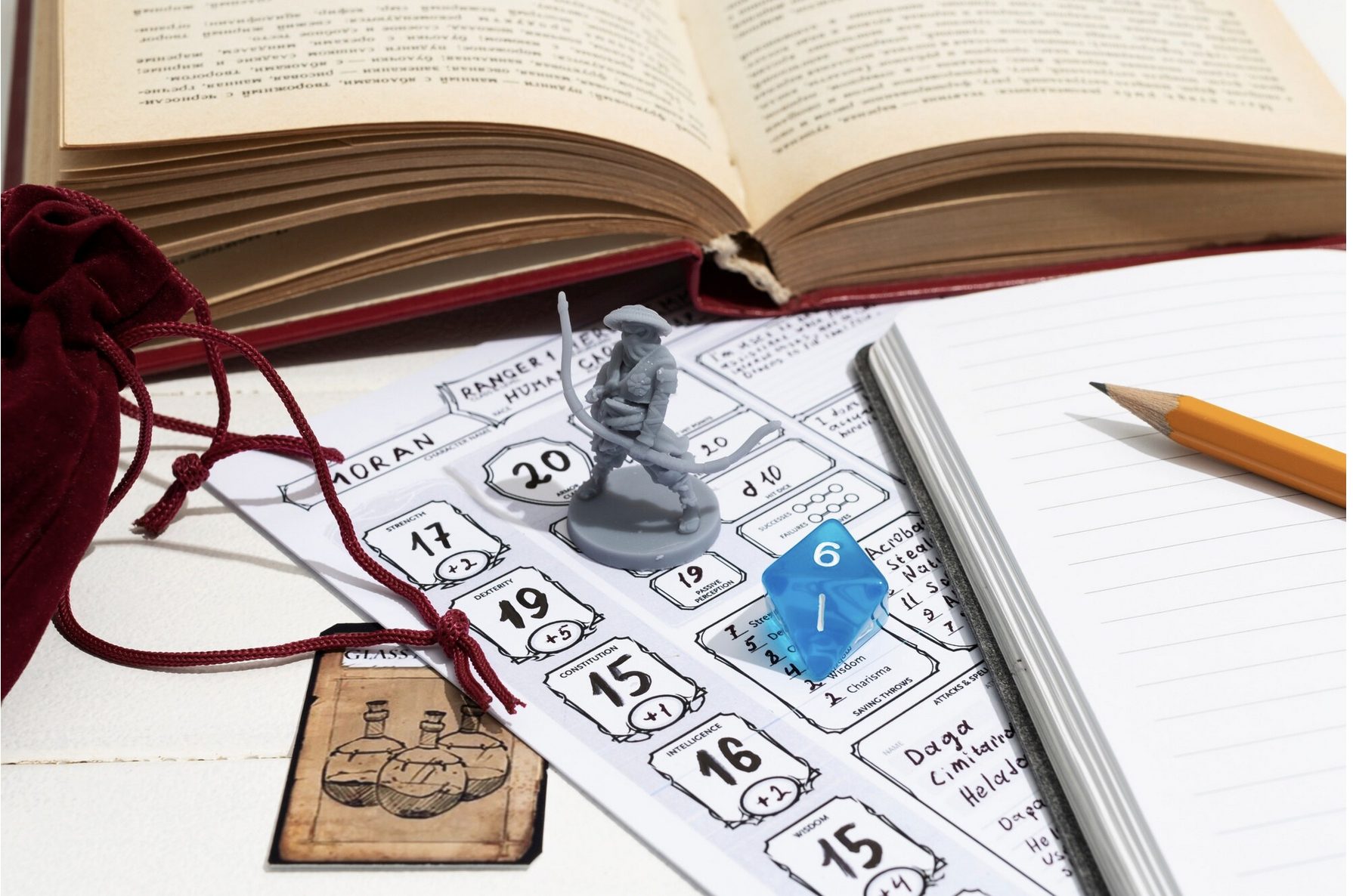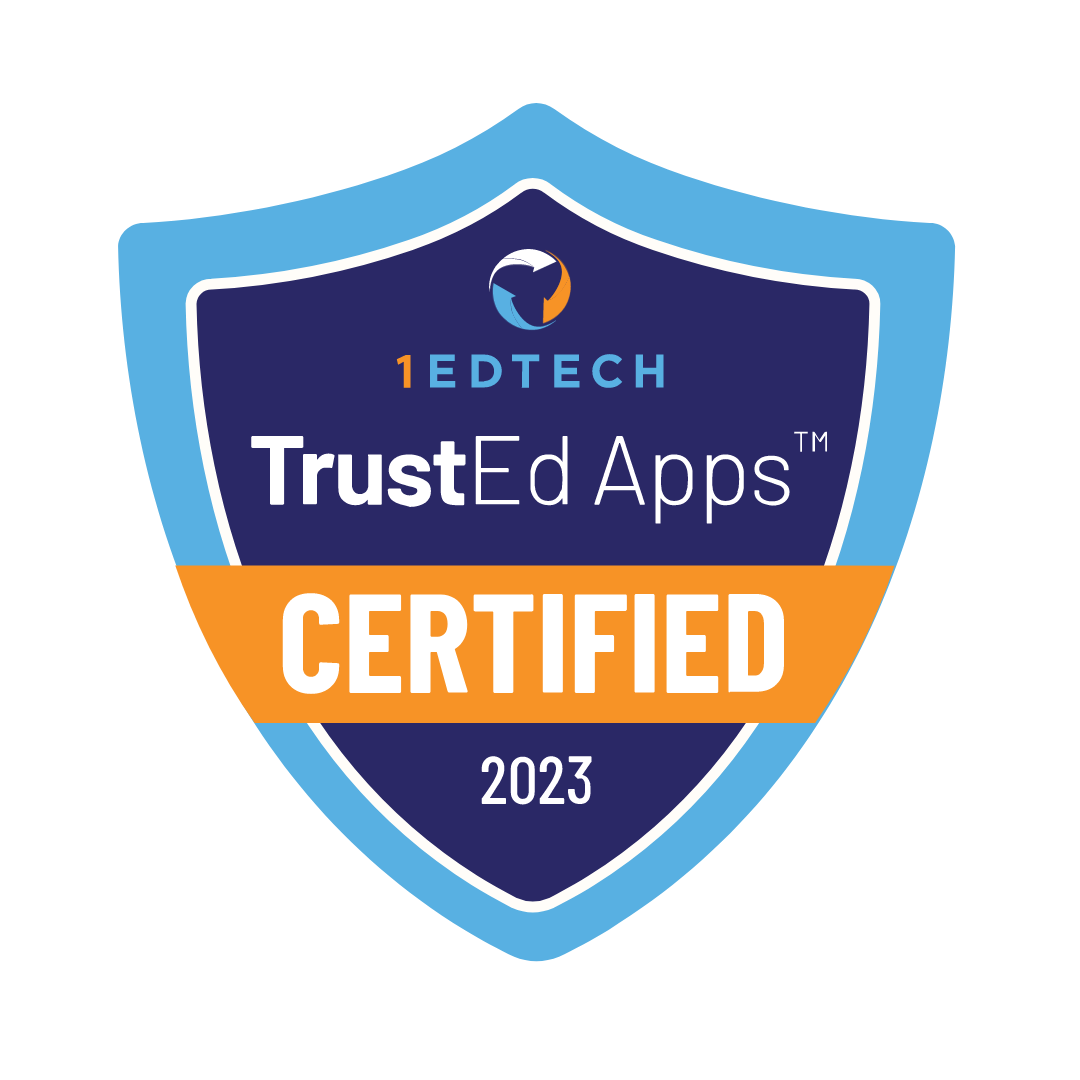Contents
- 1 What Are the Key Components of the 7th Grade Social Studies Curriculum?
- 2 How Can I Create Effective Lesson Plans for 7th Grade World History?
- 3 What Resources Are Available for Teaching Ancient Civilizations in 7th Grade?
- 4 How Do I Assess Students in 7th Grade Social Studies?
- 5 What Are Some Engaging Activities for 7th Graders Studying the Age of Exploration?
“Examination of Teacher Opinions regarding History Topics of 7th Grade Social Studies” by Doğan and Yildirim shows teachers think 7th grade history topics are not well-organized. Teachers say there are too many complex ideas and not enough class time.

The 7th grade history and social studies curriculum are plans guiding students in learning new knowledge. These plans need to be well-designed so kids can get a balanced education and understand the material easily.
What Are the Key Components of the 7th Grade Social Studies Curriculum?
“7th grade is an important year for learning how to study, and social studies is an ideal place to help your child figure out how to use the textbook, class notes, and other sources to prepare for a test”
Access Academies

Let’s take a closer look at the key components included in this curriculum.
Understanding the Curriculum Structure
This curriculum aims to help children master social studies subjects gradually. Each subject is divided into modules. The modules include topics and knowledge assessments for each. Teachers use different approaches, such as discussions, to ensure balanced development of students during lessons.
Essential Topics Covered in 7th Grade
Children study different countries, their locations, and their histories. Students learn about important historical topics like the Middle Ages. Kids complete interesting activities to better understand the material and approach learning with interest. These topics help students understand why the world is the way it is today.
Importance of Geography in the Curriculum
Geography helps children better understand the world around them. This subject complements history by providing a clearer understanding of the location and cultural features of where historical events took place. Students explore different countries, draw maps, and develop their attention to detail.

How Can I Create Effective Lesson Plans for 7th Grade World History?
Here are some tips to make 7th-grade world history lessons more successful.

Components of a Successful Lesson Plan
A good lesson plan has a clear structure and objectives. Each class is organized so the teacher knows what knowledge students should get by the end of the lesson. The plan includes methods for assessing knowledge and adds variety to the lessons. Variety is achieved by incorporating different game-based activities, helping students learn the material.
Engaging Activities for Middle School Students
Lessons should include different activities to encourage students to involve more in independent learning. Children can be asked to draw historical events. Teachers can organize different games, such as role-playing, where students take on the roles of historically significant figures and participate in discussions. Other activities can also be used, but it’s important to include them in the lesson plan in a balanced way.
Using Primary Sources in Lesson Planning
Primary sources help children feel the spirit of the era and develop personal skills like data analysis. Artifacts in museums, old letters, and many other items can serve as primary sources. It is important to show primary sources during lessons to diversify activities and engage children more deeply in learning.
What Resources Are Available for Teaching Ancient Civilizations in 7th Grade?
Students and teachers use these resources for lessons on Ancient Civilizations.

Exploring Ancient Rome and Its Influence
Ancient Rome is an important era, and teachers provide different materials to help students learn it thoroughly. Documentaries are useful for diving into the details of the era and hearing expert opinions. Visiting museums, either physically or virtually, helps students learn more about the culture of the time. Recommendations on which books to read can give students additional information on different topics related to the era.
Teaching About Ancient China: Resources and Activities
Ancient China is a topic exploring the history and unique aspects of China. This country had a significant impact on others and helps students understand its role in the world, including its influence on the U.S. Activities like calligraphy allow children to immerse themselves in the culture and practice new skills.
Comparing Civilizations
Rome and China are two important and distinct civilizations, understanding which helps children get the features of the modern world. These civilizations are taught as part of the course. Students learn the cultures of both countries, create comparison charts, engage in discussions, and participate in different games. Analyzing and studying these civilizations develops children’s logical and critical thinking. Students can distinguish one civilization from the other clearly by the end of the course.
How Do I Assess Students in 7th Grade Social Studies?
Parents and teachers needing a thorough assessment of students’ knowledge in this course use these options.

Types of Assessments for Social Studies Learning
The best way to study a course is by using diverse methods of knowledge assessment. Each module should end with a detailed test or written assignment to evaluate understanding thoroughly. Small sections are easier to remember if followed by quizzes or short games. Some topics require teamwork and discussions among students, which not only help them understand the material but also develop personal skills.
Effective Methods for Evaluating Student Understanding
Some students memorize material without truly understanding it. The understanding of the material can be checked by asking non-standard questions requiring analysis. Students who memorize without understanding struggle to answer such questions. It is important to explain to these students how to approach learning correctly. Students who understand the material will answer, though their response might not be completely accurate. Teachers or parents in this case point out areas kids need to focus on further.
Incorporating Geography and Culture Into Assessments
Geography knowledge is well-assessed using maps and different games. Maps help evaluate how well a student understands locations. Games are useful for identifying knowledge of cultural features and other aspects.
What Are Some Engaging Activities for 7th Graders Studying the Age of Exploration?
Here are some activities to complement learning about the Age of Exploration for seventh graders.

Interactive Activities That Promote Exploration
Interactive activities make learning more exciting. Parents and teachers can use different games to inspire students to learn more. An example of such games is an imagination game where students pretend to be on a ship, working together as a team to reach their destination and overcome problems.
Teachers at Legacy Online School know how to make lessons fun for children by incorporating different activities. You can learn more about the expertise of our teachers here.
Using Maps to Teach About Trade Routes
Maps are an excellent tool for visualizing tasks. Maps work best for showing territories and illustrating routes. Such routes support history lessons effectively by helping students see the paths taken by historical figures or where specific events occurred. Students can compare maps from different time periods and observe how the world and approaches have changed over time.
Discussing the Impact of the Age of Exploration on Societies
The Age of Exploration is a topic helping students understand how much has changed over time. Kids learn how people thought during that era, what ideas and ambitions drove them. Students discover how new goods emerged in societies, how people traded them, and the positive and negative aspects of these exchanges. Activities during lessons develop students’ logical and analytical thinking, helping them understand the significance of this historical period.











